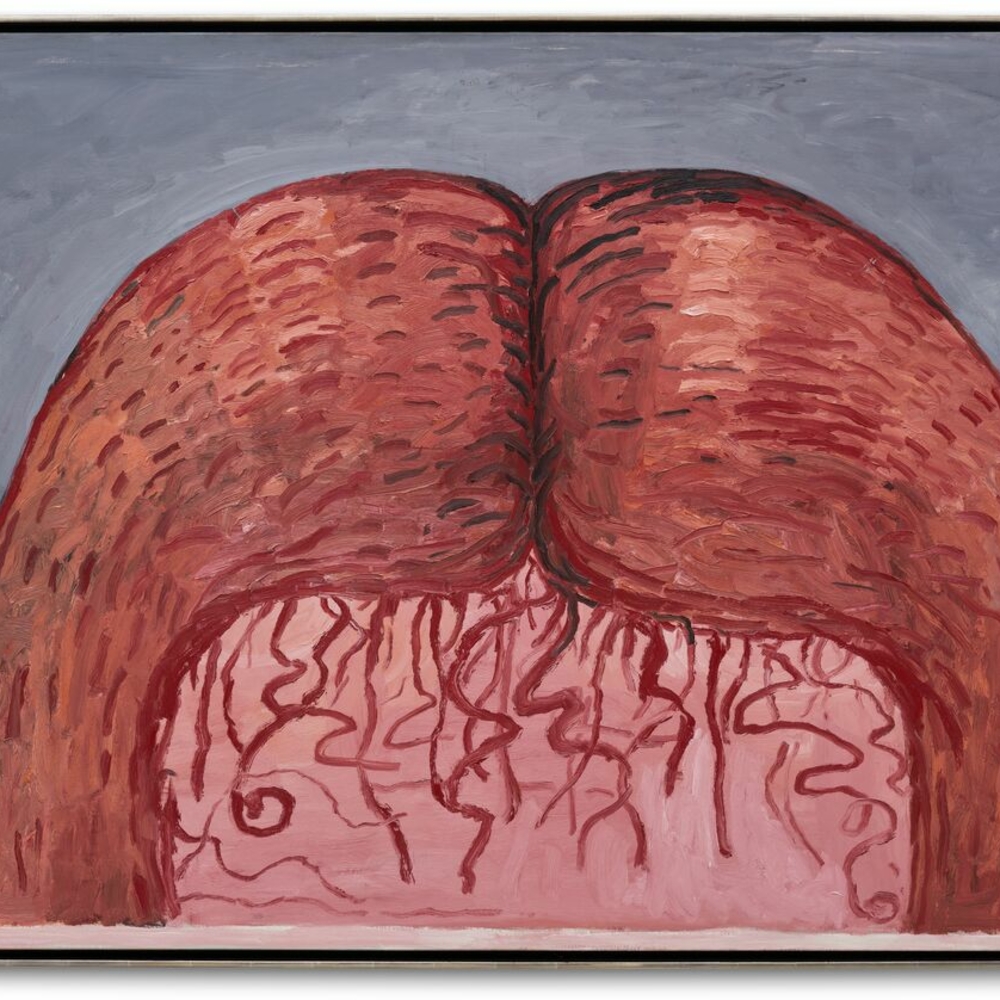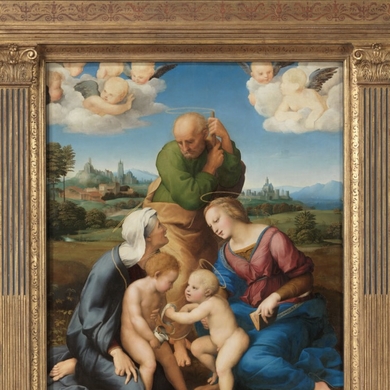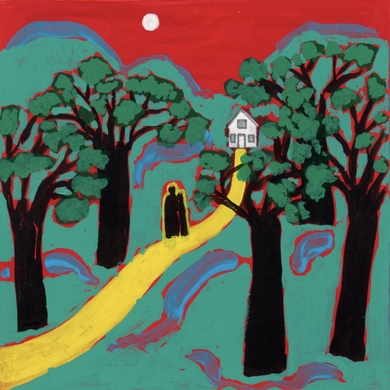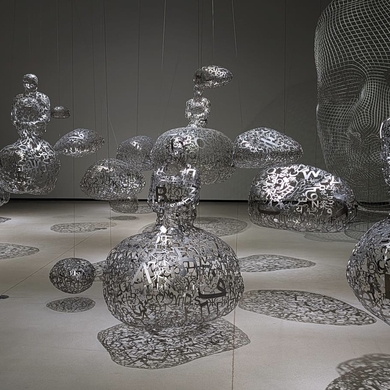Philip Guston moved through a number of painting styles before reaching a form of representational art that became known as neo-expressionism. The 1930s saw him working as a muralist with the WPA. In the 50s he was an abstract expressionist, a mode he rejected in the 60s, when he began to create the totemic and cartoon-like imagery—a deeply personal lexicon—that brought him international acclaim. With his new figurative style came a shift into more sinister territory. Guston began depicting hooded figures, disembodied limbs, cities made of clumsy bricks and old shoes. This exhibition brings together two bodies of work from very different periods in Guston’s life: the abstract-expressionist years of 1952 to 1964 and the transcendent figurative years of 1968 to 1977. —E.C.
Arts Intel Report
Philip Guston: Transformation

When
Dec 16, 2020 – Mar 28, 2021
Where
Etc
Philip Guston, “Musa,” 1975 © The Estate of Philip Guston. Courtesy of the Estate of Philip Guston.
Nearby
1
Art
Pirelli HangarBicocca



